The unfortunate decline of Android tablets
This article may contain personal views and opinion from the author.

Scrolling through my Facebook feed the other day, I came upon a picture that was recommended to me by the social network's "On This Day" feature. The image in question was undeniable nostalgic, given that it was originally taken by me 6 long years ago. That span of time can be deemed as long, especially how quickly technology evolves and innovates in just a short period of the time. The photo in question was none other than the Asus Transformer Prime that I was reviewing at the time back in January 2012. I vividly remember how it was one of the first, true premium Android tablets on the scene to test Apple's might with its iPad, which few were able to do in such a convincing fashion.
During the early period of the 2010s, the tablet market was just beginning to see major traction from consumers who were eager to make tablets as their main source for mobile computing. What was there not to like about them? From their portability over standard laptops, to their touch-friendly interfaces, and lower price points, tablets were without a doubt a hot commodity that came in a the right moment into our technological collective. In fact, we soon began to see a renaissance as many companies ventured into the tablet world – to the point of saturation even!
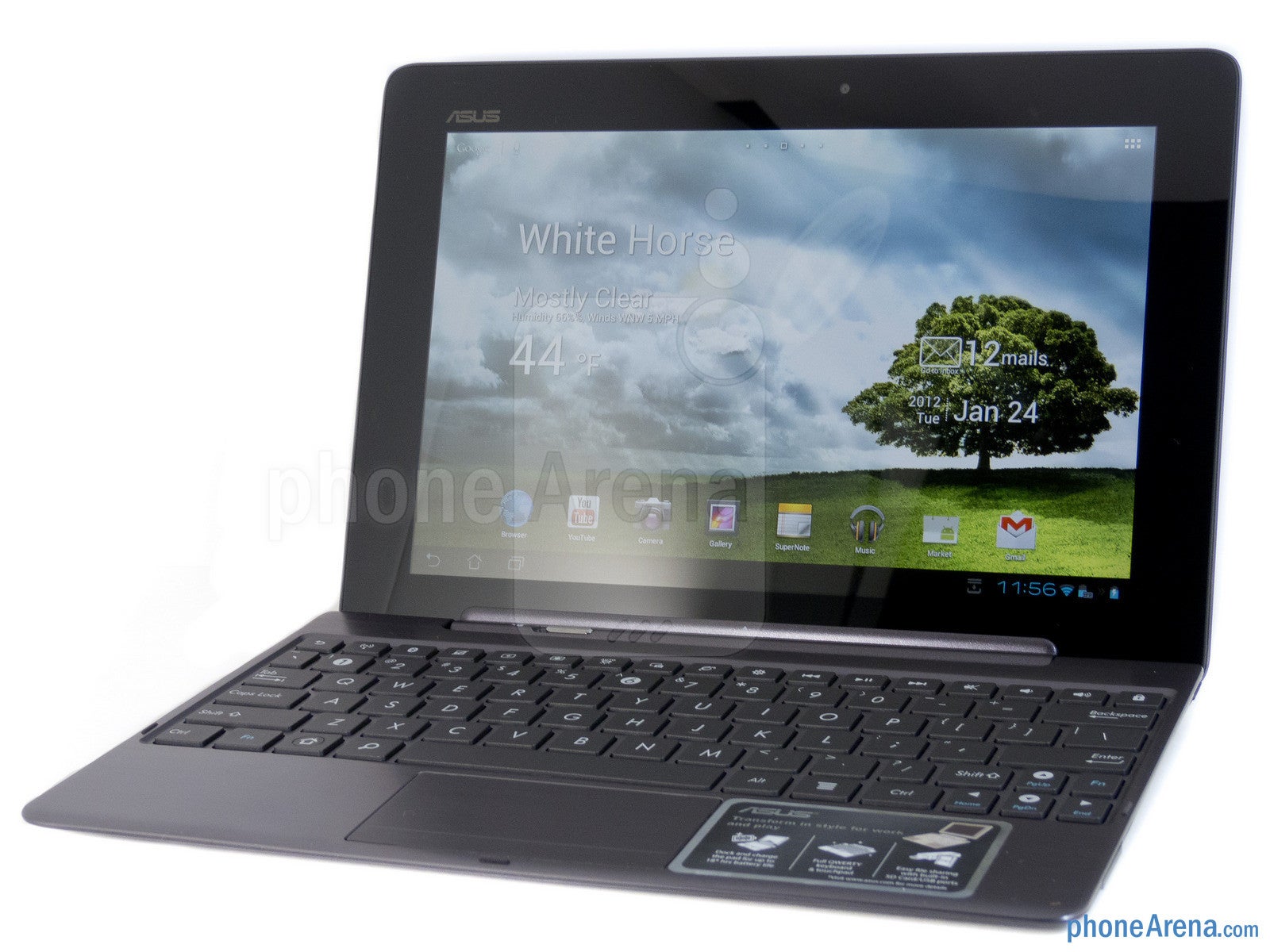
The Asus Transformer Prime was one of the first truly premium Android tablets on the scene.
Going back to that Asus Transformer Prime, it was the first tablet that I thought that could potentially replace laptops as the main form of computing on-the-go. However, it's rather ironic to have thought of that back then, seeing that reality had other plans for these Android tablets. Looking at the current situation with Android tablets, it's almost unfathomable to even come up with a few models that would be classified as laptop replacements – they're just no longer regarded with high esteem, as convertibles have seemingly become more prized.
Android tablets are shadows of their former selves, which is a shame when history showed us that they were highly coveted at one point. I, myself, am somewhat disappointed by the current situation with Android tablets – they're considered afterthoughts to Apple's iPad, and worst yet, less functional than Chromebooks. It's a strange predicament for sure, but the blame for the decline of Android tablets can be pin-pointed to the platform's maker; Google.
Humble beginnings aimed to transform computing
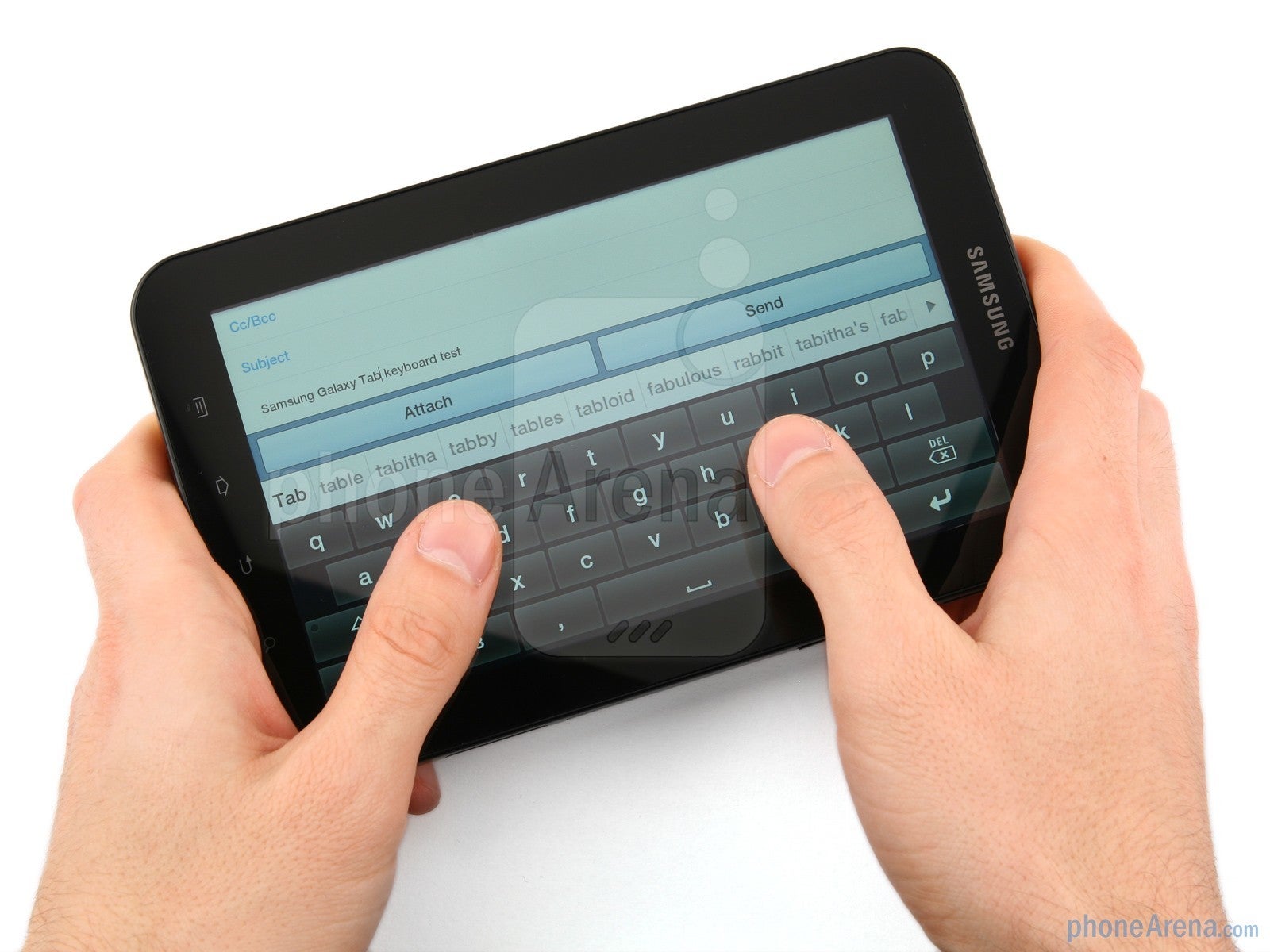
The Samsung Galaxy Tab kicked things off for Android tablets back in 2010.
After Samsung's foray into the tablet market, we soon saw offerings from every major manufacturer under the sun. From venerable companies like Dell, Sony, LG, and Motorola, to some of the more obscure players, like ViewSonic and Toshiba to name a couple, nearly everyone was off to the races with their own Android tablets. We enjoyed and appreciated all of the competition, even though it was beginning to become saturated, seeing that with each new release, it seemed as though the threshold was being pushed out farther.
For me, it was the promise of ditching these 13-inch sized ultrabooks, which when compared to tablets, were still more cumbersome to manipulate due to their larger size. Android tablets definitely offered the convenience of being far more portable, easier to travel around with – while still proving to be satisfying when it comes to media consumptions; like watching videos. Based on the tablets I checked out and reviewed throughout 2010, 2011, and even 2012, Android tablets had this shining beam of light that kept me intrigued. However, it took a radically new shift in strategy to really bring Android tablets to the masses.
Cheaper tablets soon became the rage
Most of the early Android tablets released between 2010 and 2012 were priced to compete against the iPad, so the typical price for many of them were somewhere in the range of $500. That structure wasn't unheard of, more so when there was still a buffer between them and most laptops on the market at the time. The trend eventually led us to new chapter for Android tablets, cheaper models that might've had the price advantage, but didn't relinquish the functionality they offered.
By the holiday season of 2011, tablets like the Amazon Kindle Fire and Barnes & Noble Nook, were beginning to usher in the age of the inexpensive Android tablets. Boasting prices below $300, these were tablets that helped to widen the reach of Android tablets – making them even more accessible to a broader range of consumers! The cheap Android tablet revolution achieved its peak, with the pinnacle arrival of the Google Nexus 7 in 2012, which combined high-end specs and a killer performance at an irresistible price of $200!
Driving down the cost definitely helped Android tablets to spread more rapidly. The problem here, though, was the fatigue brought on by the release of many of these Android tablets. In fact, it was increasingly becoming more difficult for the mobile manufacturers to keep their top-tiered models in contention, especially when they had to go against these inexpensively priced tablets. The unintended result from having so many of these cheap tablets, was that they undermined the value of their $500 priced brethren – so it made anyone rethink about their decision to buy. Why pay more for something larger in size, when you can pay less without any major loss in functionality?
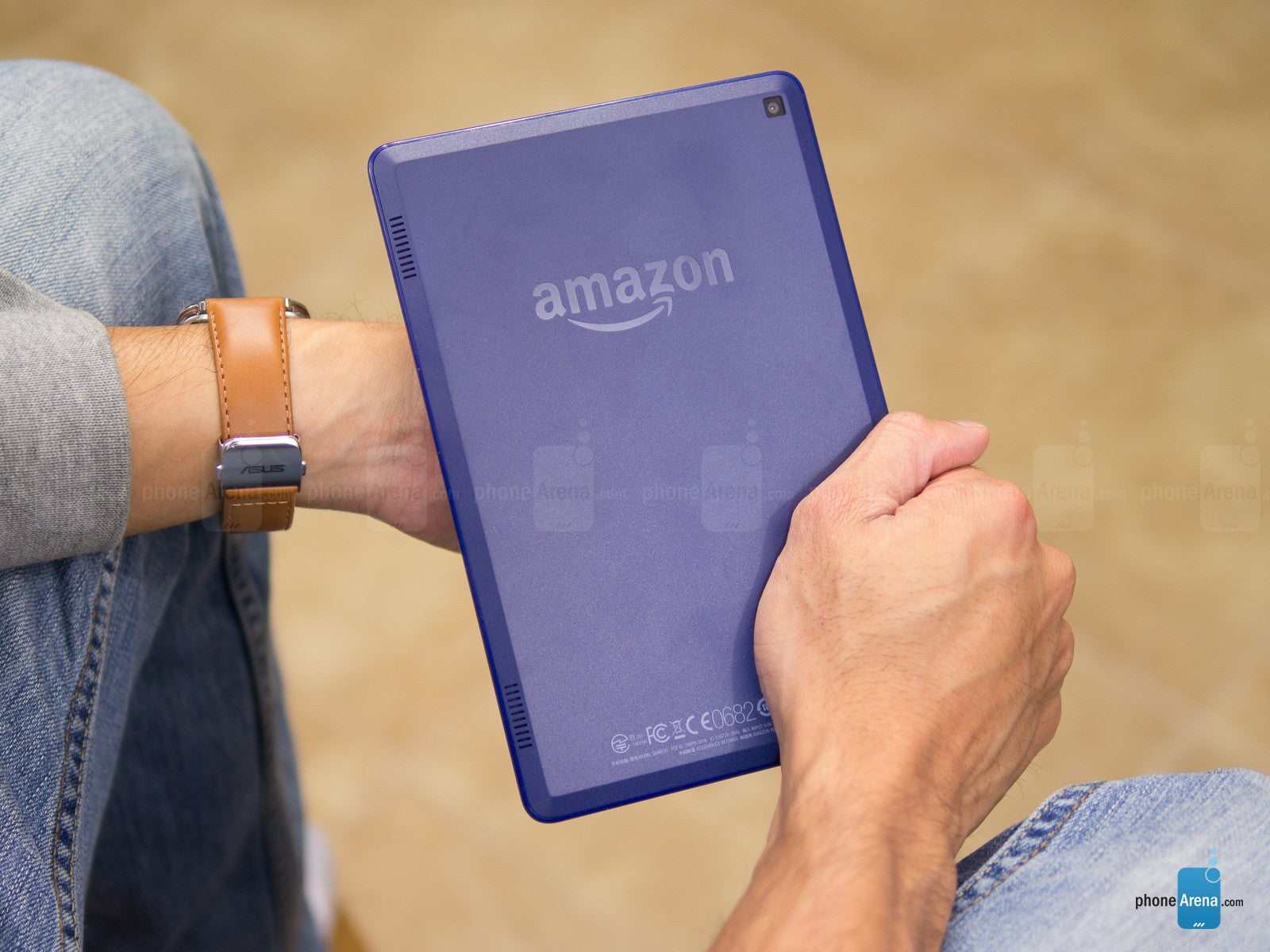
Amazon's line of Kindle tablets are known for their low cost.
Apple's continued dominance with the iPad
Establishing the standard in the landscape, Apple's iPad has continued to be the biggest force in the tablet world – even though sales have dipped quite a bit over the course of the last few years. Part of the decline we're seeing with Android tablets can be attributed to the success of the iPad. True, it definitely ushered in this era we're in now, but even though the innovations in the segment haven't been all that dramatic of late, Apple is one of the few manufacturers that has kept a solid track record with its efforts.
Even as Android tablets managed to keep pace with the iPad early on, many of the manufacturers that were eager to make a splash onto the scene saw themselves soon pushed out of the market. There's a reason why we haven't seen players like HTC and Motorola in the tablet business anymore. Apple, for its part, just kept on evolving with its offerings, even responding to threats from the competition by doing things like branching out to smaller form-factors, lower priced tablets, and meaningful features that make its interface such a pleasure to use.
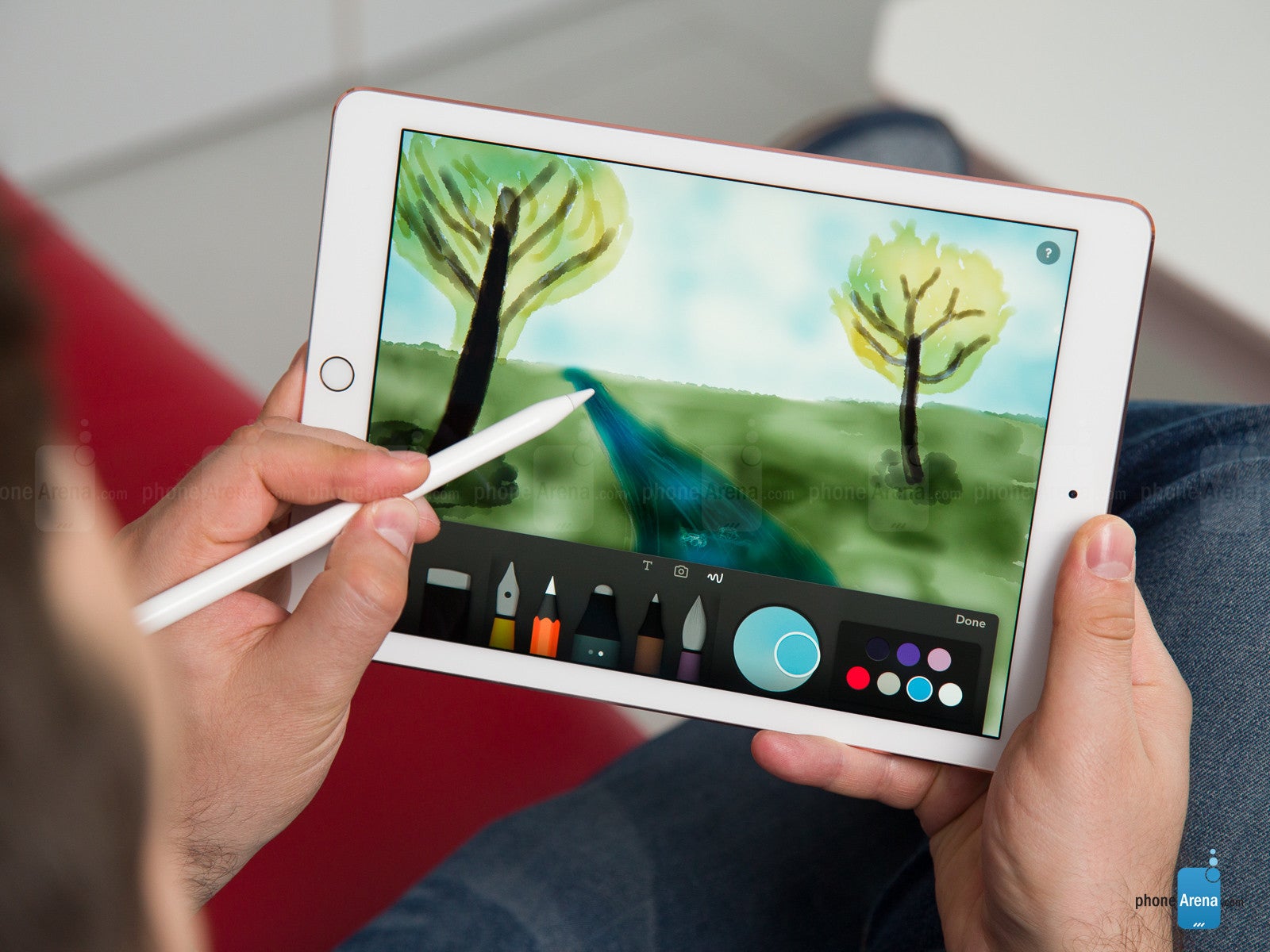
The Apple iPad continues to be the most dominant, best-selling tablet around.
Indeed, the hardware just kept on improving with each iteration, but an integral part of its success is how iOS evolved as well alongside each new release. While it may not be the definitive mobile computing platform, as it still indirectly competes against other desktop platforms, for a tablet experience though, it's undeniably unchallenged. From its reliance of various gesture implementation, to emulating that desktop experience with true side-by-side apps multi-tasking, iOS has matured considerably over what Google has done with Android.
All of this just seemingly reconfirms the obvious, which is that Apple's iPad will continue to thrive. Personally, I haven't used an iPad as a daily driver since the iPad 4 days, but if there's one tablet I'd be willing to shell out my hard earned money for, it would have to be an iPad of some kind – it's a no-brainer decision for me!
Lack of support from third parties and more
One of the more frustrating things about Android tablets is just the pale apps support we get from third parties. For a long time, apps developed for the iPad were far superior to their Android tablet counterparts. I even remember for the longest time that the Facebook app for Android tablets was just a sad port of the smartphone version, filled with tons of dead space because of the lack of them being optimized. It was bad, like really bad, which makes me appreciate its iOS counterparts.
Yes, the gap has lessened over the years, but it's still apparent that Android suffers from a complex with tablet-optimized apps from third parties.
And that's one of the problems with having to use an Android tablet. For as long as the platform has been in development, it's still lacking support from many third parties. The worst offense is when you go to the Google Play Store and denied from downloading an app because it's not compatible with that version of Android. In order to convince people that tablets are superior mobile computing devices, they need versatile apps that are optimized for touch, as well as having diverse support from third parties. Sadly, this is still one obstacle that has yet to be overcome by the platform – and it's starting to become an annoyance at this point.
Growing shift towards convertibles with the arrival of Microsoft's Surface tablets
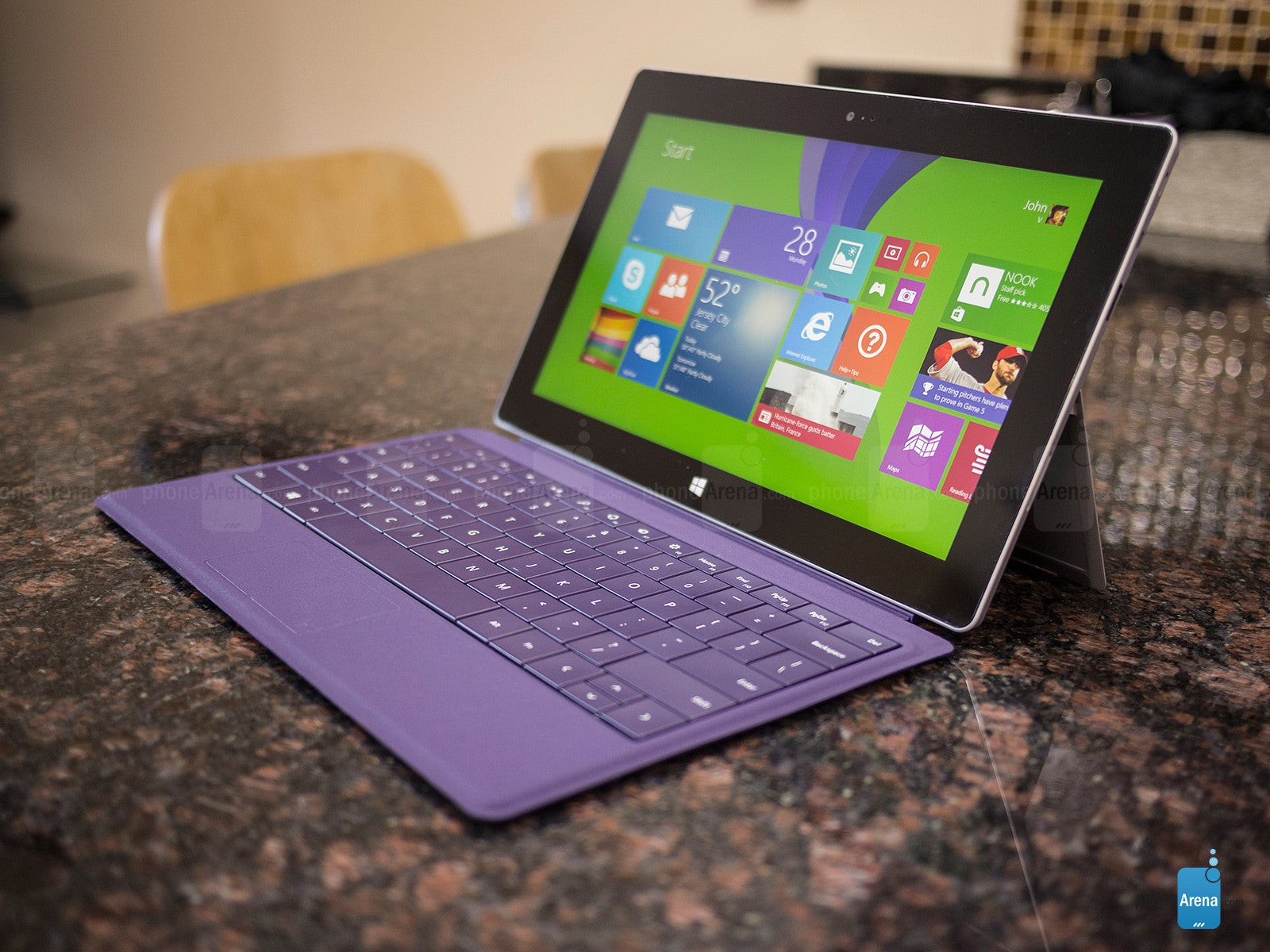
Microsoft's Surface tablets have proven their versatility over Android tablets.
Even now, there's no denying that manufacturers are producing, announcing, and releasing far more Windows 10 based convertible tablets than Android ones. There was a time in the early 2010s when Android tablet releases were in great abundance, but that has long expired, as competition from the iPad and these Windows 10 convertibles have made it nearly impossible to popularize Android tablets.
Google going on to develop Chrome OS
Making matters worse for Android tablets, it wasn't long after we saw the first batch of Android tablets hitting the market that Google, of all companies, decided to develop a competing mobile computing platform with its Chrome OS. Initially, these Chromebooks were limited by their reliance of an established data connection to the cloud, but eventually the platform evolved to throw in offline support. More of that separation was also evident in how these Chromebooks were designed to look and function more like laptops than tablets. However, things began to change that made it seem as though Chrome OS was encroaching on territory occupied by Android tablets.
It shows that Google doesn't have as much confidence in its Android tablet platform.
Of course, it's one thing to compete against rival platforms, but when Chromebooks started to offer Android apps support out of the box, it'll make anyone question whether Google is committed to its Android tablet platform in the first place. In the last couple of years or so, we haven't really seen a whole lot of new changes to the Android tablet recipe and experience – and it's sad when a 2015 released Android tablet still functions in the same capacity as something released in 2017. That's yet another indication of the decline of Android tablets.
Even with all the innovations, it's still frustrating to make an Android tablet as a daily driver
Apple's latest iPad series, the iPad Pro, might surely be the closest thing we get to bridging the experiences with tablets and laptops, but there's still a long way before it can be a convincing replacement for the masses that heavily rely on traditional computers. Part of the reason why the iPad continues to be a favorite amongst consumers is that it features a robust and always evolving features set. Apps and accessory support is impeccable too, coming from a mom a myriad of top-tiered names and startups. Conceivably, it's plausible to make an iPad as my daily driver – much more than the reality of making an Android tablet as my daily driver.
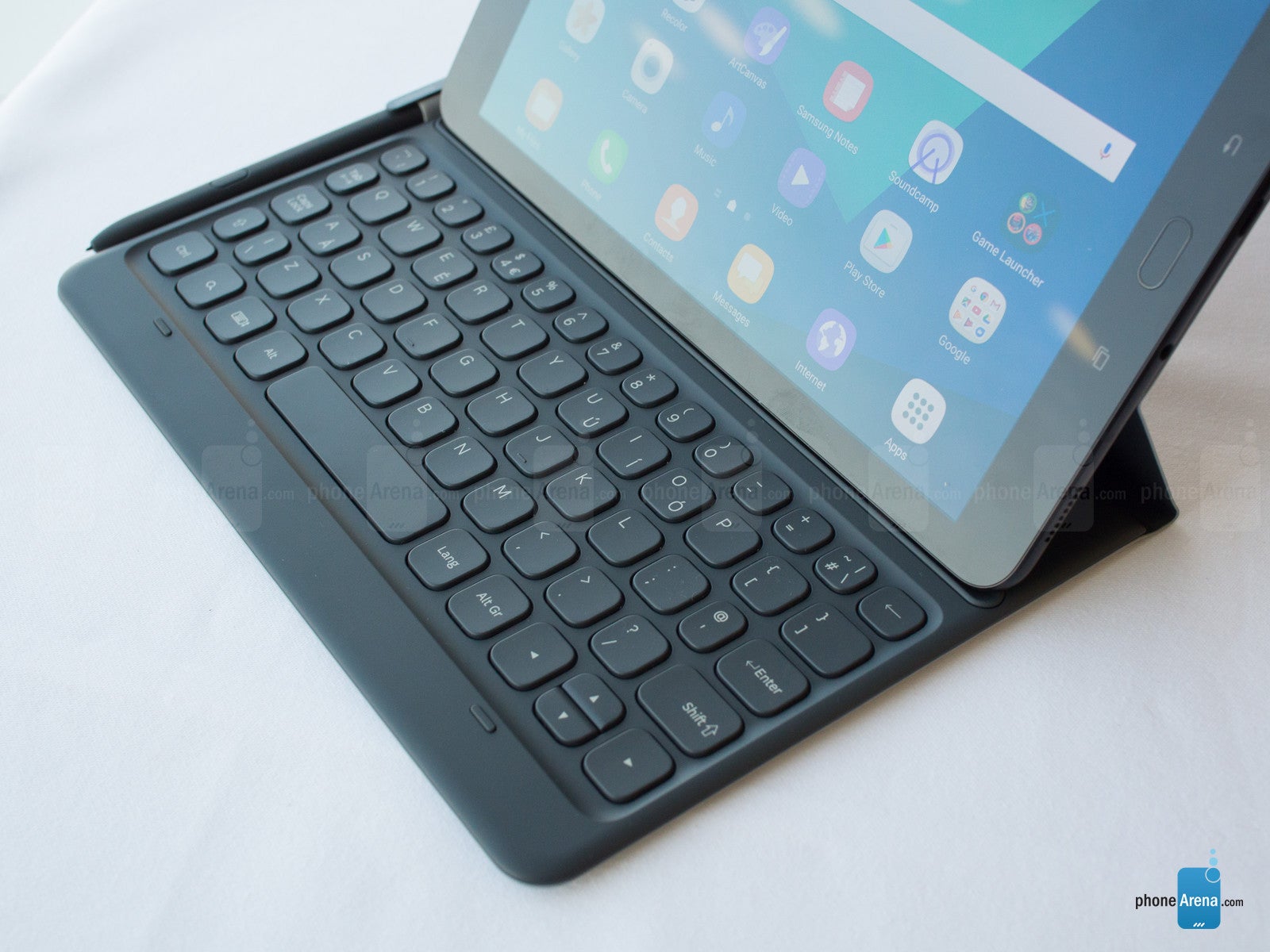
The Samsung Galaxy Tab S3 was announced and released in 2017, making one of the few major releases when it comes to Android tablets.
I tried it last year with the Samsung Galaxy Tab S3, which offers superior functionality over most other Android tablets because of its rich specs, the addition of the S Pen for productivity, and a useful folio styled keyboard cover case. Physically, it had everything I wanted in a versatile mobile computing device! However, it wasn't until I tried using it that I soon realized that there are still way too many compromises with it. Out of everything, the biggest offender was just how I quickly became annoyed by the fact how some apps would automatically revert to a portrait layout – even when the orientation was locked into landscape.


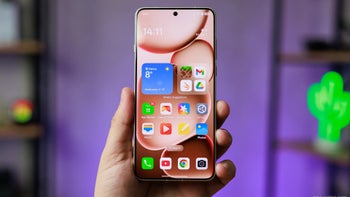


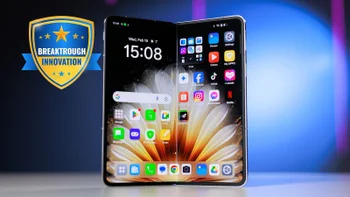
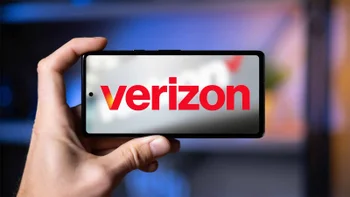

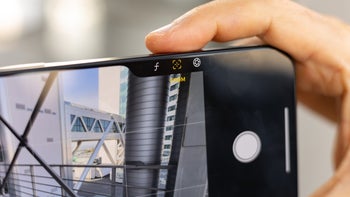
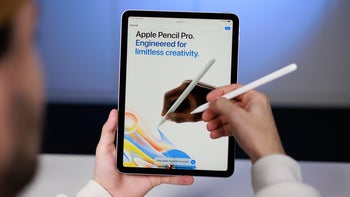
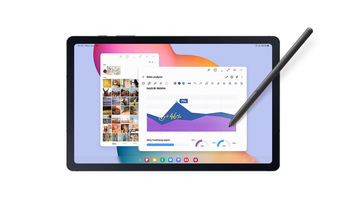
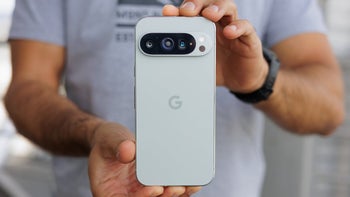
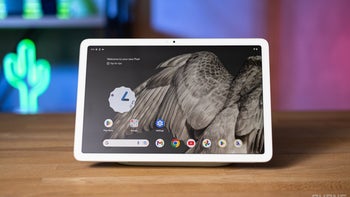
Things that are NOT allowed:
To help keep our community safe and free from spam, we apply temporary limits to newly created accounts: